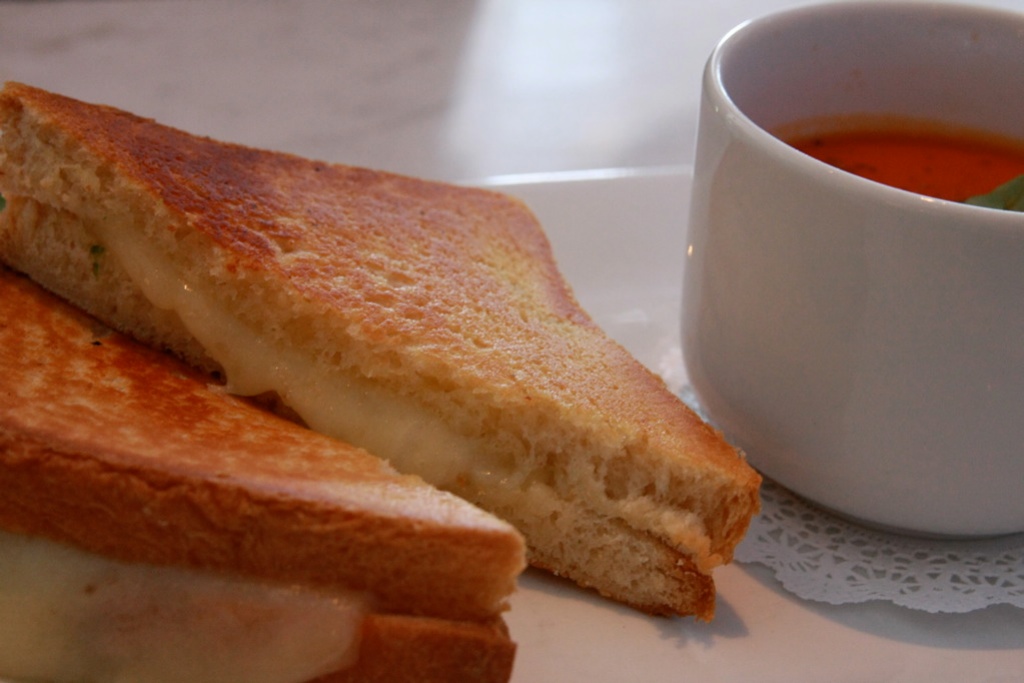January 4, 2008
Lens for sale
I’m selling one of my camera lenses — the Sigma 18-50mm f/2.8 EX DC Macro. Yes, that’s quite a mouthful. (That’s what she said. ZING!) I bought this lens to take pictures of food in restaurants (lots of samples here), but I purchased a Canon 35mm f/1.4 L lens a few weeks ago and that serves my needs a little better.
Sigma lenses are a relative bargain. This one, shooting at an F/2.8 aperture, is fast, light-weight, and focuses very close (7.9″ from the sensor). Sigma lenses occasionally have focus issues when they ship, so I had this one calibrated by Sigma to ensure that it’s accurate.
The lens is $600+ list, and $381 on Amazon. I’m selling mine for $300 plus shipping, including the original box, case, manual, etc. — and again, it’s already been calibrated. Sigma lenses offer a three-year warranty, and this one is less than six months old, and rarely used. Shoot me an email if you’re interested. And don’t forget to check out the samples.
Comments
Kevin Howlett says
Question for you--could you elaborate on what it is that the Canon 35mm f/1.4 L lens does for you that makes it better for you than the Sigma? I'm interested in buying the lens (though I couldn't do it RIGHT away) because the Rebel XTi just dropped in price a bit and I'd like to have an SLR camera; I'm kind of tired of my point-and-shoot.
Kevin Howlett says
Oh, and I looked at the gallery--very nice pics indeed.
John says
The Canon 35mm f/1.4 lens is a "prime" lens -- that is, it can only shoot at 35mm. The Sigma, on the other hand, is a zoom lens, and can shoot from 18mm through 50mm. That makes it generally better as an all-purpose lens, as if you are in a small room and want to be able to catch most of the room in a shot, you would pull back to the wide angle end (18mm). If you wanted to zoom in on something, you could go to 50mm. (Granted, 50mm isn't super zoomed-in, as Canon makes lenses that are 600mm. Those are for wildlife and far-away sports shots. My longest zoom is a 200mm.)
The Sigma lens is an f/2.8. The Canon 35mm is an f/1.4. That means the Canon lens is "faster" (lower "f" numbers mean faster lenses), which kind of means it can take light in faster than the Sigma can. So, if you're in a dim room, the Canon will have a better chance of getting a shot with a fast enough shutter speed so as not to have a blurry picture. (This is not exactly how it works, but you get the idea.)
The other thing that "f/" number indicates is depth of field. If I take a picture of a plate at f/1.4 but I focus on a grape in the center of the plate, the only thing in focus will be the grape. The rest of the plate will be pleasantly, artistically blurry (one hopes). If I take the same picture at f/5.0, I will probably get the entire plate in focus because the depth of field will be much larger. As a trade-off, though, the shutter will stay open longer, and there will be a greater chance of the picture being blurry overall because it's hard to hold the camera steady for very long.
The Canon 35mm f/1.4 is capable of an extremely shallow depth of field, since f/1.4 is a much faster lens than an f/2.8. It also focuses a little better in low light, and since I mostly take pictures in low light in restaurants, the Canon is a better way to go for me.
The price difference is extreme. The Sigma was a little over $400 when I bought it. The Canon is around $1200. The Canon is a professional grade lens, and it's solid, focuses almost instantly, it's weather-sealed, and it's rather heavy. A lot of photojournalists use the Canon 35mm f/1.4.
If you get the Canon Rebel XTi -- which is a fantastic camera (I used mine again tonight) -- just get the body, not the lens that comes with it. That will save you even a little more money. The range of the lens that comes with it is very similar to the Sigma, but the Sigma is a much better lens than the kit lens.
Add comment